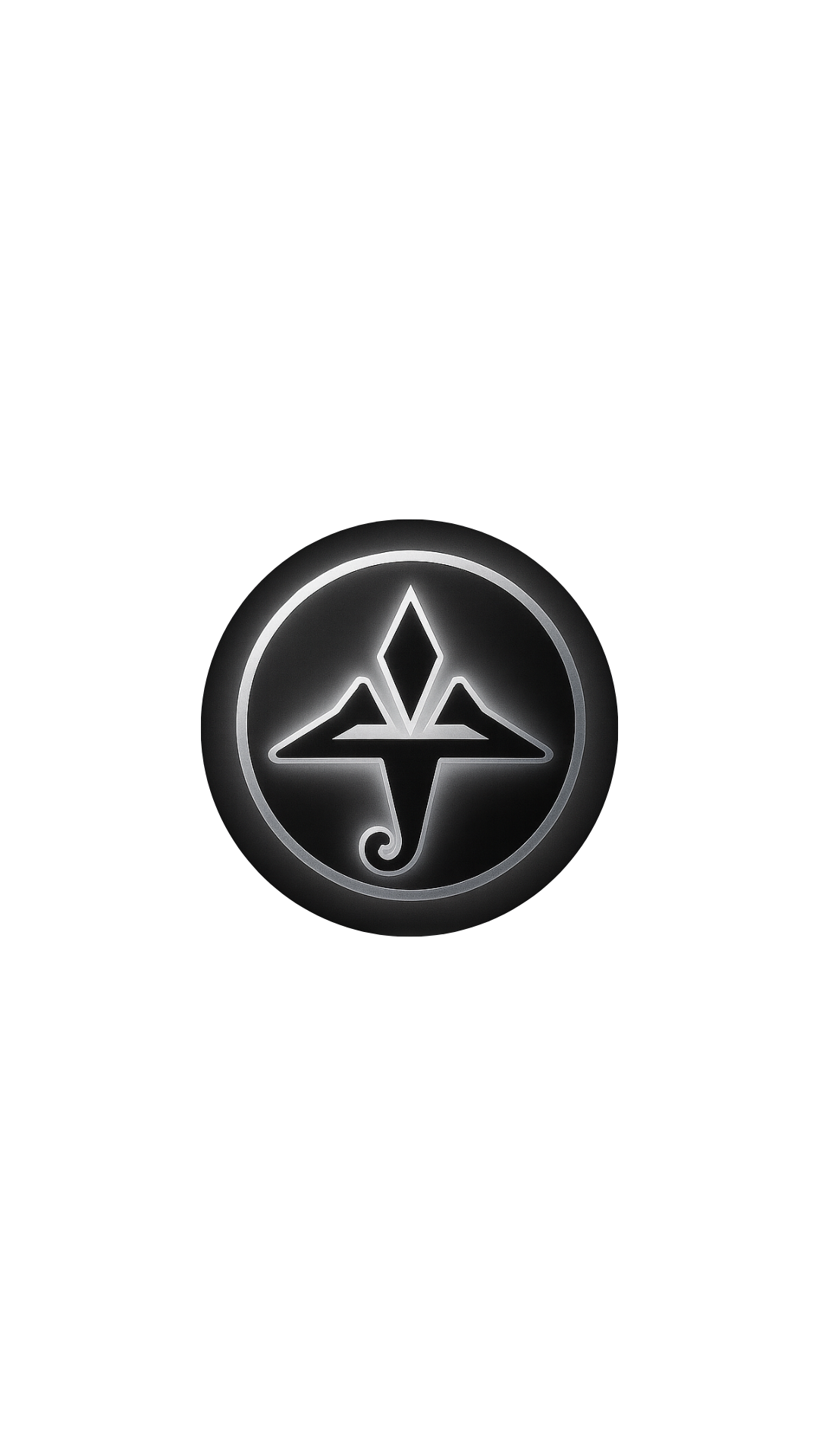The Dynamics of Decision
- ENFIITY LABS.

- Sep 30
- 2 min read
Updated: Oct 8
✦ (Human x AI-Powered)
Seeker Tier
Premium - Free

The Discovery
Every choice you make is not a single moment of “yes” or “no.” It is the product of many forces working together inside your brain and body: attention, memory, habit, emotion, and context. What feels like hesitation is not weakness — it is balance. Competing forces are evenly matched, so the choice stalls.
The Science
Multiple systems: Decisions emerge from interaction between prefrontal cortex (planning), basal ganglia (habit), and limbic circuits (emotion and reward).
Past experience: Reinforcement learning in the brain biases choices toward familiar outcomes.
Emotion as bias: Stress and anxiety increase avoidance; positive mood increases risk-taking and openness.
Context matters: Behavioral economics shows framing, defaults, and small nudges can flip decisions without changing the actual options.
Decision dynamics: Mathematical psychology (Decision Field Theory) models decisions as competing forces accumulating until one wins.
The Practice (Do This Now)
Pause for one breath before an important choice.Ask yourself: What force is speaking loudest right now — habit, fear, identity, or vision? Name it. By naming the driver, you weaken its grip and reclaim the ability to rebalance.
EVOLVE
Deepen your clarity with the Decision Dynamics AI — trained to help you recognize hidden forces and turn hesitation into action.
(You'll be directed to a private section)

Comments